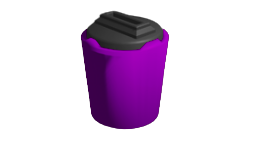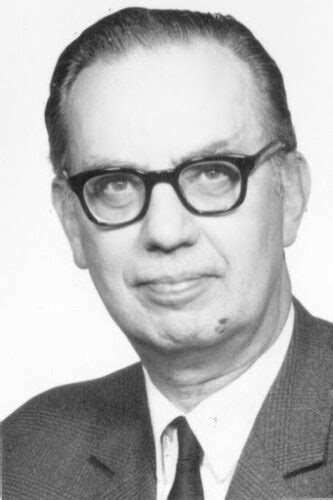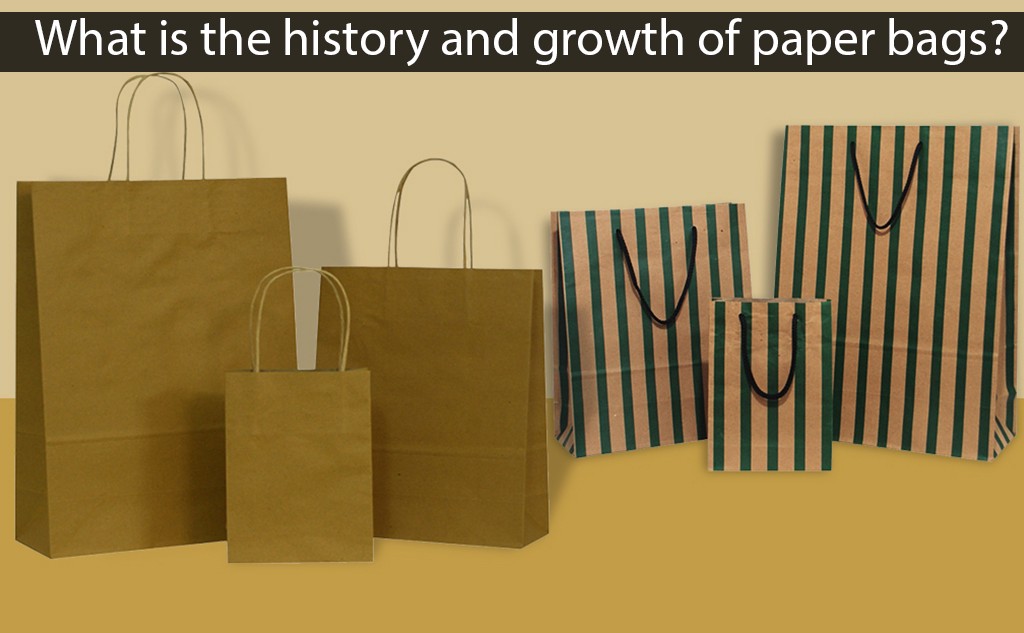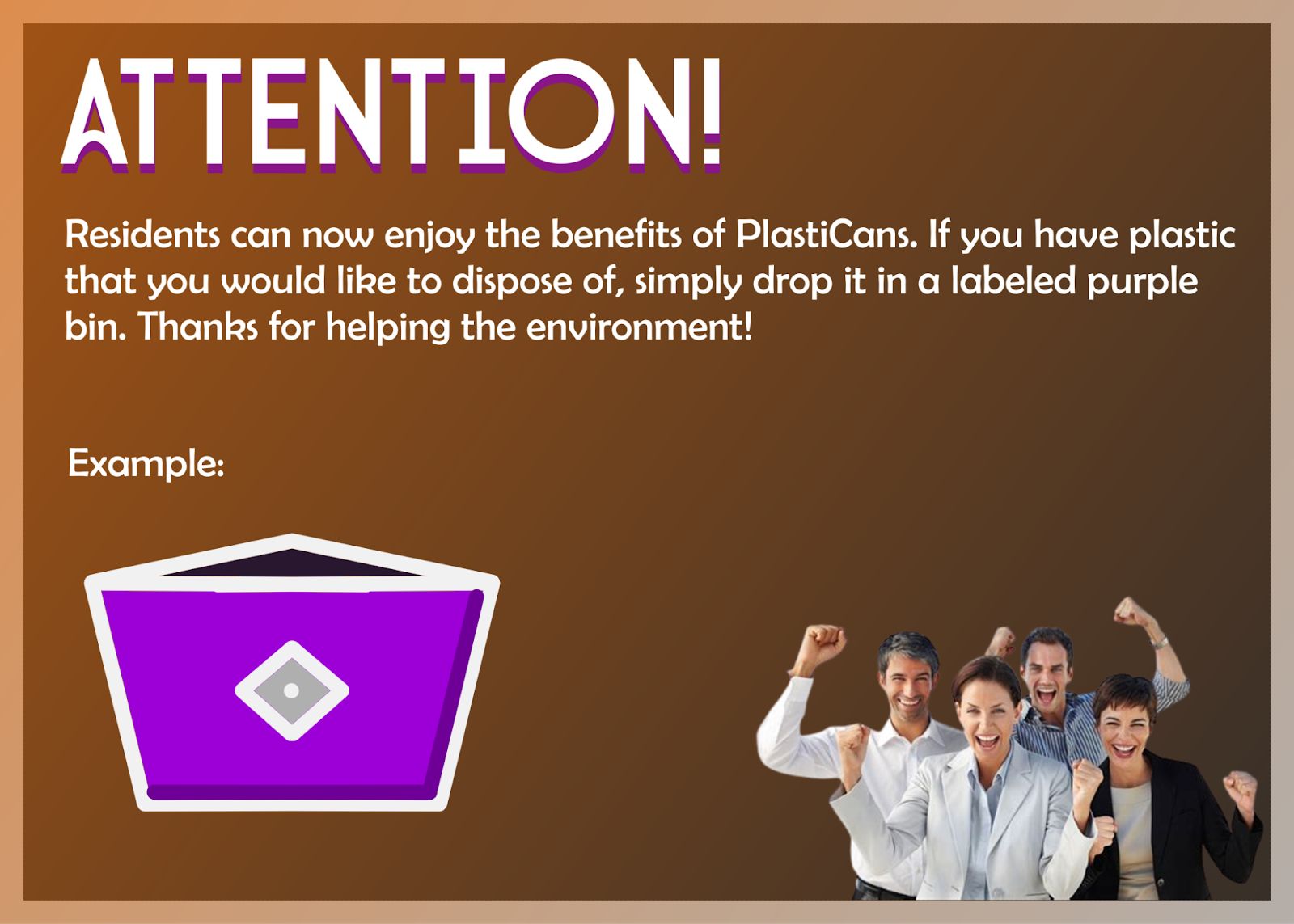The PlastiCan
Home
The PlastiCan is a Convenient and easy-to-use device that degrades plastic bags and curbs pollution.

Past/Present Solutions
Modern plastic bags were invented during the 1960s. Sten Gustaf Thulin, a Swedish engineer, was the person to bring the plastic bag to life. His idea was to use plastic as a stronger material for convenient. Unfortunately, the polyethylene these bags are made of are quite harmful to the biosphere.

After this, biodegradable bags were introduced and pitched as a safe alternative to plastic bags. Unfortunately, their cost and failure to become mainstream has hindered their capability.

Our Solution
The PlastiCan can be used to degrade plastic bags by using a chemical composition contained in a specialized container. It has a purple base and a hatch at the top to insert bags, and units will be created in specialized government facilities. When an item is inserted, it will drop down into a chamber fitted with the specialized composition. This will efficiently break down the structure of the plastic and any items contained within the bag into safe, disposable materials. Once the container is full, a hatch on the bottom can be opened to empty the degraded byproducts. The waste can then be sold or transferred to third parties in need of resources.

Consequences
PlastiCans have the potential to be highly beneficial to the world, but it has a few cons and drawbacks to be aware of.
Pros:
- Environmentally friendly
- Ensures that plastic does not dispose into the biosphere
- Provides extra resources from the final byproducts
Cons:
- Expenses for governments and corporations (around $1,500 per unit for materials)
- Needs time to become mainstream (only specialized for bags)
- Health risks from composition

Breakthroughs
We could solve the problem from the root by creating an easily accessible composition of chemicals or bacteria that can dissolve the plastic itself, and convenience would be its selling point. We would want to record how effective at degrading the main plastics used in plastic consumer bags. Experiments would be measured in different conditions, such as seeing if humidity or other environmental factors have an effect. Cutting-edge technologies (including Machine Learning and computer-generated simulations) could be used to make this process efficient.